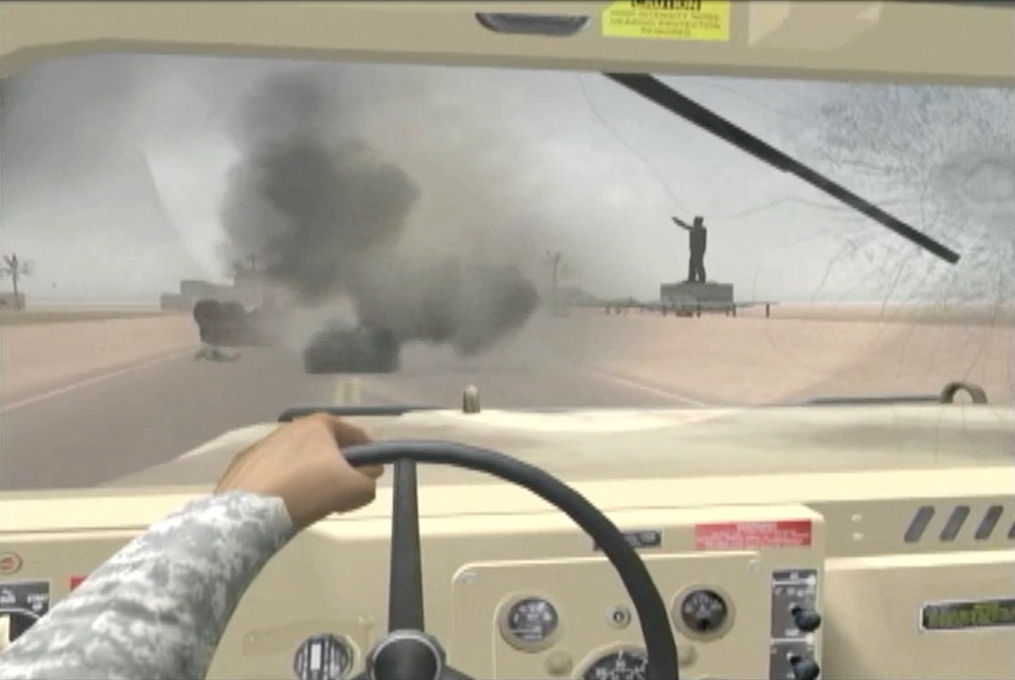
BUILDING A BRIDGE BETWEEN VISUAL ARTS AND PSYCHOLOGICAL SCIENCE: THE USE OF IMAGES IN RELATION TO TRAUMA
The visual arts and psychological sciences are two distinct fields that have implemented visual images to address the impact of warfare relating to posttraumatic stress disorder (PTSD). Studies have suggested visual information is not only processed separately from other stimuli, but also prior to any cognitive processing. Both artists and psychologists attempt to use this power of visual images because of how they can penetrate the defense mechanisms of veterans and the public to ignore these topics.
This paper explores the use of images in relation to military trauma in both the visual arts and psychological sciences. Psychological methodologies are brought into conversation with an art history lens to elucidate the use of images and immersive environments in both the treatment of posttraumatic stress disorder (PTSD) and in art installations. The first chapter of this paper defines PTSD and its symptoms, obstacles in treating servicemembers with this disorder, and how virtual reality exposure therapy (VRE), a new form of cognitive based therapy (CBT), shows promise in both evoking an emotional response and reducing the stigma towards therapeutic treatment. The second chapter introduces the artists, Harun Farocki and Krzysztof Wodiczko, and director, Deborah Scranton, and how they have proven the success of visual images to both evoke emotional response and create dialogue between servicemembers and the general public. The third chapter will discuss themes of comparison between art and psychology and the fourth lists themes of contrast, looking to VRE and the works of the aforementioned artists to exemplify these claims.
This exploration focuses on the critical tools used to engage in these distinct spaces and how combat related trauma is addressed in these specific contexts. Bringing these fields in conversation holds the potential to advance PTSD treatment and create public awareness of the impact of exposure to warfare in addition to reducing the stigma towards PTSD on both a public and private level.
Sector A: Philosophy & Science of Seeing
Advisers: Karen Beckman (CINE) | Emily Malcoun, PhD (Visiting Scholar, VLST)

 Visual Studies
Visual Studies